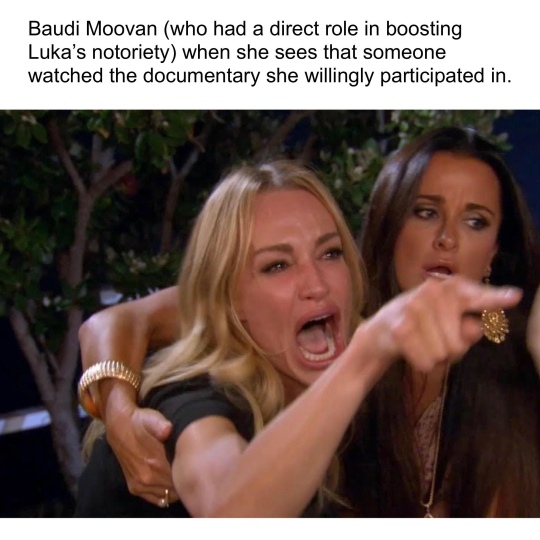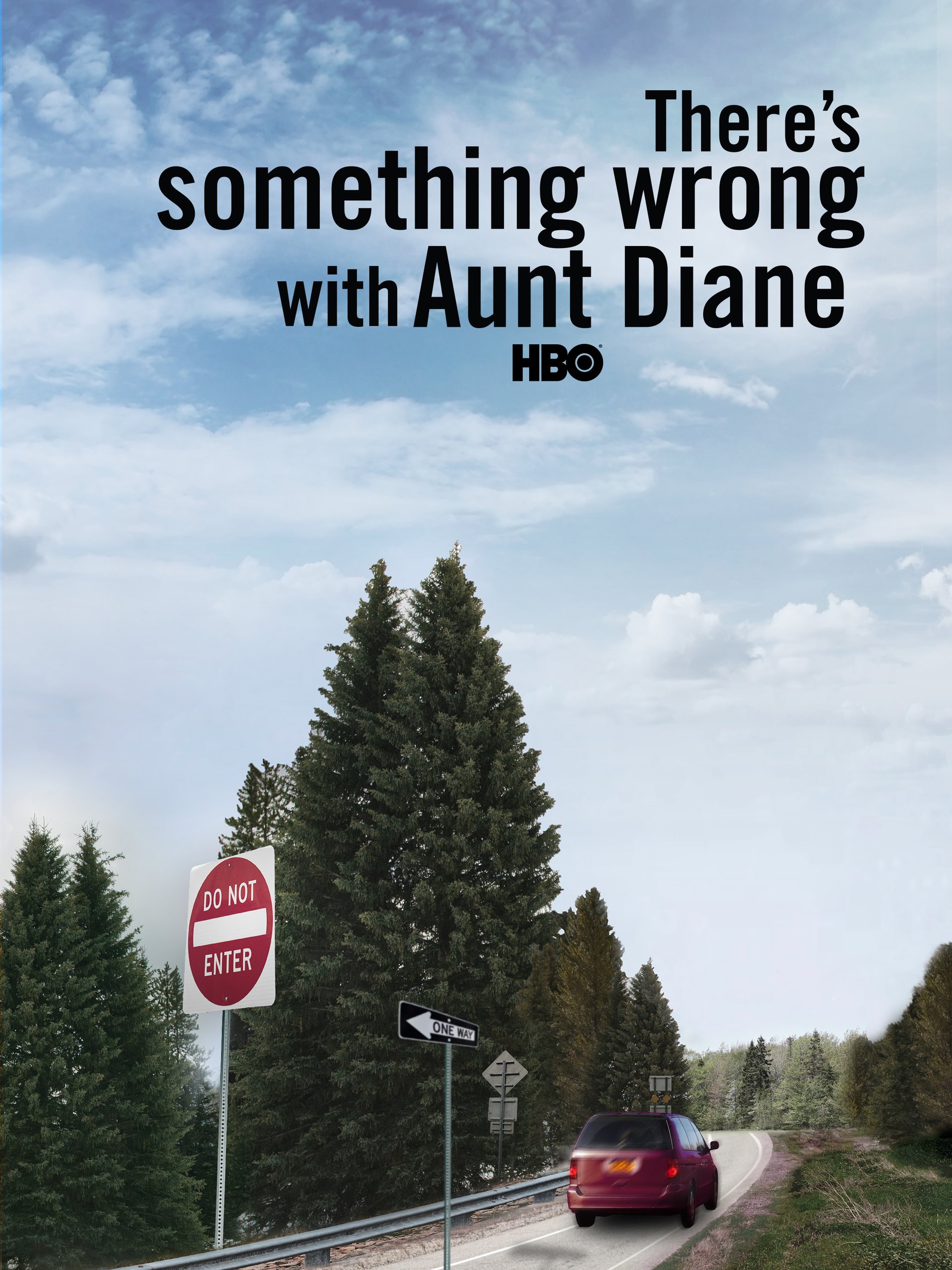The new Netflix limited series aptly titled Don’t F*ck With Cats, has been a hot topic online and in the true crime community for the past month.
SPOILERS AHEAD!
Unarguably one of the most disturbing true crime documentaries and story ever, DFWC tells the saga of a group of internet slueths attempting to track down the man behind a series of videos showing the murder of cats and then an escalation into the murder of Jun Lin, a computer engineering at Concordia University in Montreal.
The man behind the murders, Luka Magnotta is an evil sociopath on par with a comic book villain. If he wasn’t a real-life piece of human garbage, Magnotta’s entire “gay Patrick Bateman pop culture obsessed cannibal with no money and bad cheek implant vibes” would rule in a Ryan Murphy show.
Magnotta murdered Lin in 2012 in his Montreal apartment. He escaped and become the star of his own international fugitive thriller when he fled the country after posting the video of Lin’s murder online under the title “One Lunatic, One Icepick.”
Magnotta was later apprehended in a Berlin Internet cafe after he was seen searching for himself on Interpol’s website. #narcissisticAF
The story doesn’t end there. Naturally, there’s a The Jinx-level twist that we should have seen coming. Usually, I can figure out the twists and turns. This one caught me off guard. Guess the Adderall was wearing off.
There are A LOT of opinions on this doc. The main criticism that I also agree with is the lack of focus on the victim, Jun Lin. The media, in my opinion, needs to focus more on the victims of these cases. Yes, killing cats on video is awful. So is killing a person.
Recently, the true crime community has started to shift focus and pay more attention to victims.
There were several more aspects of this documentary beyond the obvious that did not sit right with me.
First, his mother, Anna Yourkin. I’ve never seen someone in such denial about something right in front of them.
Denial is a dangerous comfort. Nothing good ever comes from pulling the wool over your eyes. When watching the documentary, I started to feel like a complete jerk for criticizing Yourkin. I didn’t know what she was going through. Who was I to judge someone’s reaction? I had nothing in common with her and couldn’t relate to her on any level. Am I am total jackass? Turns out, I’m not.
I changed my tune when I found out a little more about Yourkin.
A Google search for “Anna Yourkin delusional” will tell you more than I ever could.
Yourkin released a memoir, My Son the Killer: The Untold Story of Luka Magnotta & 1 Lunatic 1 Ice Pick in 2018 , long before Magnotta’s story disrupted the true crime community.
Her author bio states, “I have spent a lot of time over the past 4 years studying the minds of criminals.”

If you’re such a “criminal expert”, why didn’t you notice you gave birth to a complete sociopath? Could you not see the signs that you know so much about?
Upon further research into this book, I stumbled upon the Amazon reviews.
Oh boy.
Reviewers claim Yourkin is delusional and fame-hungry. Guess the apple doesn’t fall far from the tree? Reviewers also claim the book is more about Yourkin than her son and serves as “a pity party.”
Yourkin’s hunger for fame could be argued as legitimate based on the fact she refused to defend her son in court despite her clamoring for his innocence, but happily appeared in the Netflix doc.
I guess you have to hustle those poorly-written true crime books however you can.
The rest of the Yourkin/Magnotta clan are no strangers to crime. His cousin is in jail for drugs and illegal gun possession. Last year, his family’s house was the target of arson.
Magnotta’s aunt anonymously told the Mirror, “He is a nut job – he was a time bomb waiting to explode.”
The same article claims his grandmother psychically abused Magnotta, who’s real name is Eric Yourkin, and his siblings.
Criminal profiler Lee Mellor says Magnotta “is a text-book example of a child starved of affection, who goes from making up stories to harming helpless animals to murder.”
He also said, “I would not be surprised to find that Magnotta was responsible for at least one or two previous homicides.”
Yikes.
Now, to the Internet nerds. I admire that a group of amateur detectives on the Internet were able to band together to track down a psycho.
However, what I didn’t like is the ending when the sleuth ring leader, Baudi Moovan (an alias), turns to the camera and blames the audience for the whole ordeal.
*Record scratch*
WHAT?
I know I’m not the only one who didn’t appreciate this. I’m sorry, but I’m not the one who spent years trying to track down a psycho on the Internet, which admittedly is a dangerous hobby. Also, if you had to use an alias in order to keep up with your Internet hobby you’re clearly afraid and didn’t want to be found. Then, you participate in a documentary focusing on the psycho and reveal your name?
The turn on the audience at the end was meant to make a point. However, it comes across like a teenage edge lord trying to get a rise out of their parents. In turn, making this documentary has given Magnotta and his mother exactly what they want: attention.









